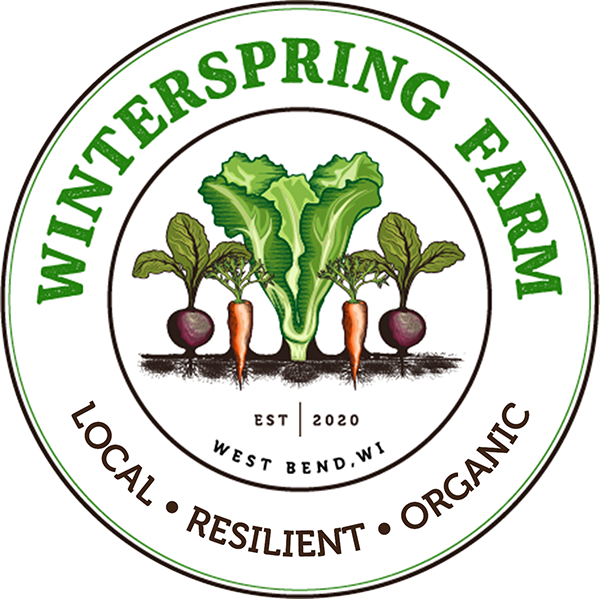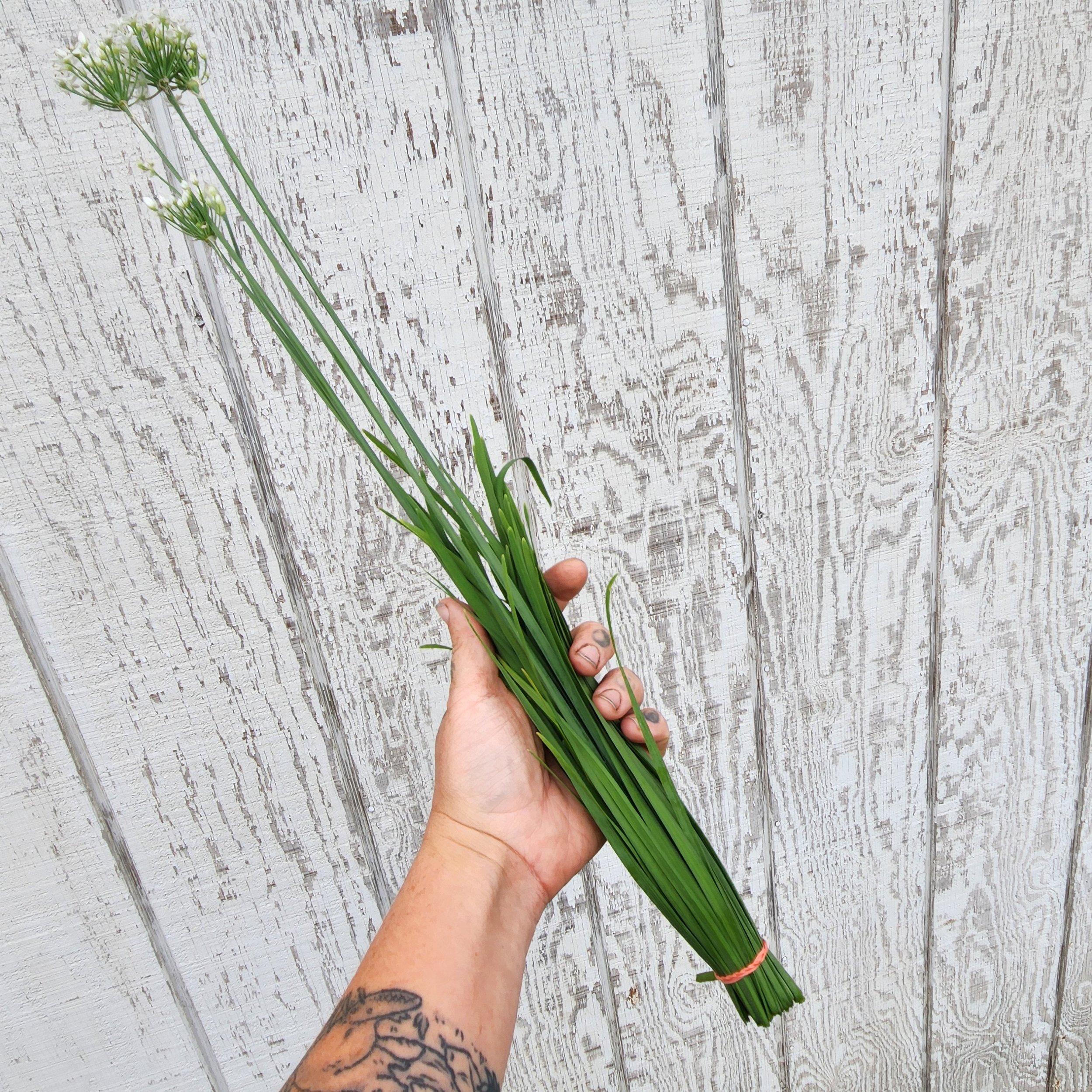Chives
Culinary Use, Storage, & Benefits
Vegetable Profile: Chives (Allium schoenoprasm)
Description
Chives are just as much of a pleasure to eat as they are to grow. From tiny seedlings, they proliferate steadily from year to year as a perennial. They enjoy the shadier spots, and are some of the first volunteers in early spring to break the surface with their green tips. Their flavor is as appetizing as it is versatile, and they are popular the world around. Chives have been prized in herb gardens for over 5000 years, dating back to their origins in China.
Nutrition
Chives, as a member of the onion family, carry many of the same medicinal actions, though they are milder. They build the appetite and improve digestion and blood circulation. They are warming in nature.
Storage
Chives are a cold-hardy plant, and so they benefit from refrigeration. If left out, they quickly wilt and turn yellow. Store in a waterproof container, and use within 5-7 days.
Use
There are more ways to use chives than meets the eye. We love fresh chive leaves and flowers, dried leaves, and chive infused vinegar!
Raw: Chive leaf: finely mince whole, and sprinkle on eggs, potatoes, meat dishes or in freshly cooked rice.
Chive flowers: pinch off the tiny flowers and sprinkle on dishes the same way you would fresh leaves.
Dried: Lie out the whole, un-chopped leaves on a screen or other breathable material in low light, well-ventilated area. After a few days, when the leaves are crisp, you can crush them up and use them as a spice.
Sources:
The New Whole Foods Encyclopedia by Rebecca Wood
The Rodale Encyclopedia of Herbs
Asparagus to Zucchini by Fairshare Coalition
Our own experience!



